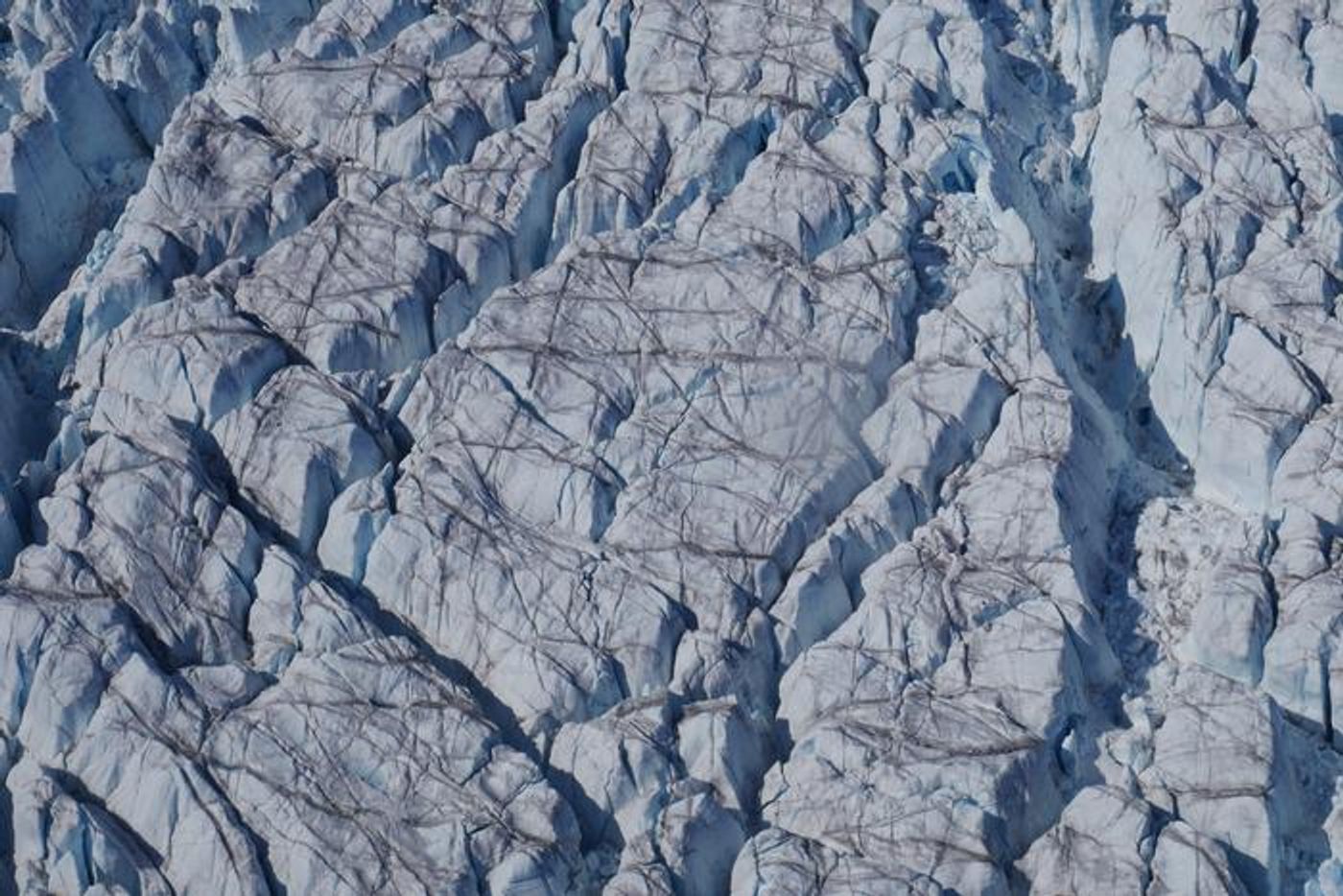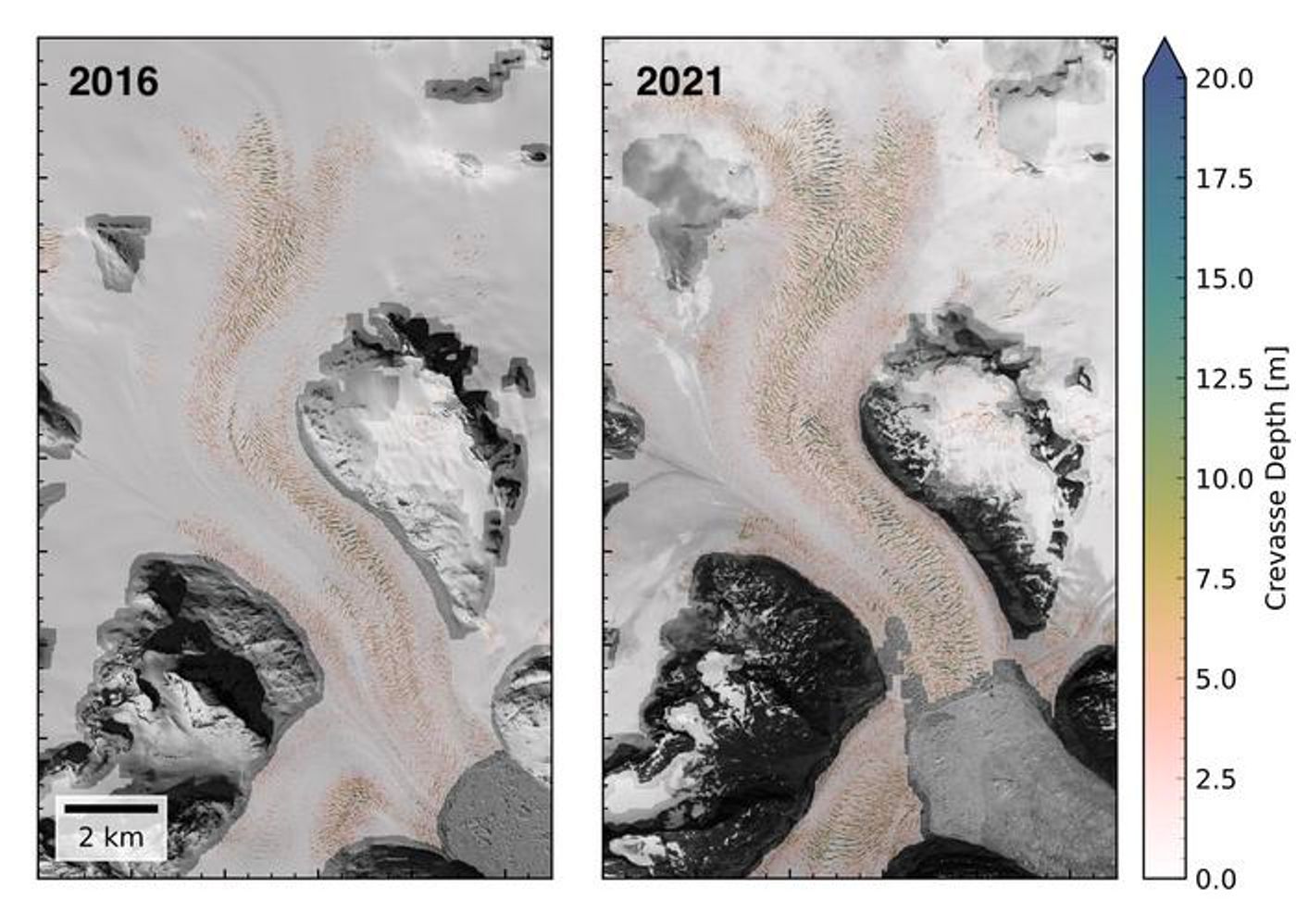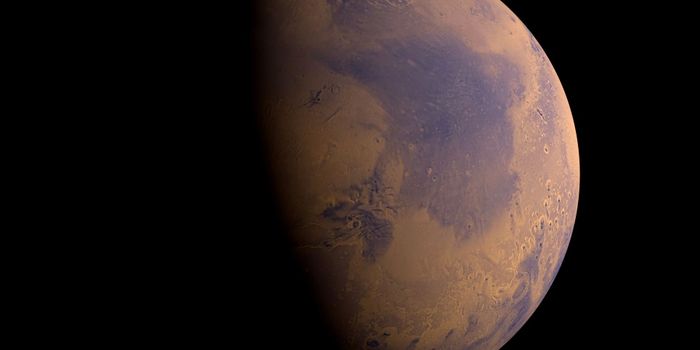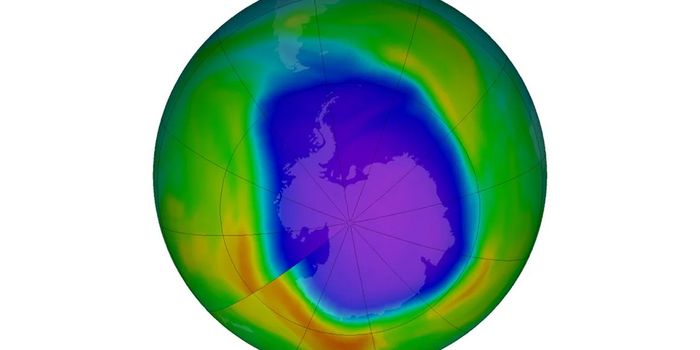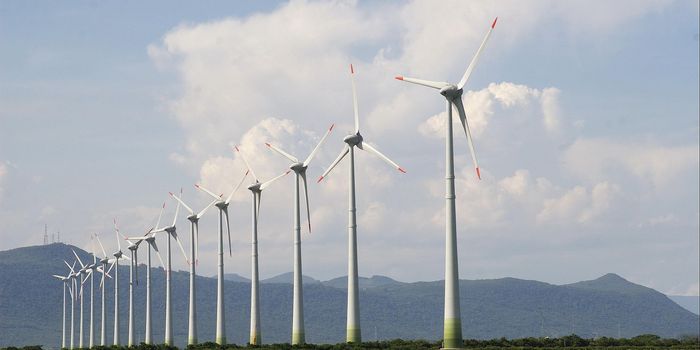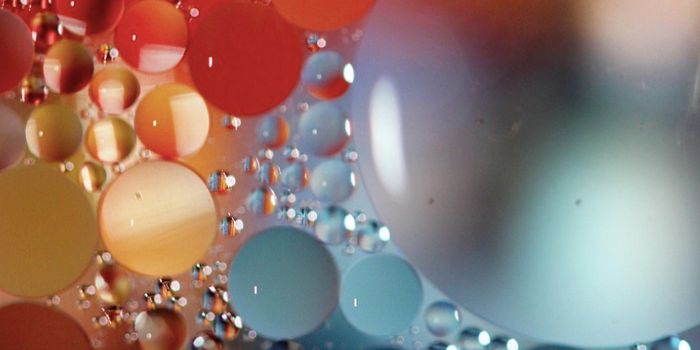Greenland Ice is Cracking Up Faster
New research has analyzed melt patterns on the Greenland Ice Sheet. This study determined that cracks are opening up faster as the sheet melts in response to climate change. The researchers used three-dimensional surface maps for this analysis, and found that crevasses, or massive cracks in the sheet were growing significantly larger and deeper around the edges of the ice sheet in the years from 2016 to 2021. Ice flows faster as the crevasses get larger, and the loss of ice from Greenland may be accelerating. The work has been reported in Nature Geosciences.
The average global temperature, and the average sea surface temperature of the planet has been rising for decades. Since 1992, melting from Greenland is thought to have increased sea levels by around fourteen millimeters. Greenland has the potential to add as much as seven meters or 23 feet to sea levels if the whole ice sheet melted completely. Current models have predicted that Greenland melting may add as much as 30 centimeters or one foot to sea levels by 2100.
The researchers analyzed more than 8,000 images of creavsses taken from 2016 to 2021, and revealed that in areas where glaciers meet the sea, there were increases in the flow of ice that correlated with increasing crevasse volume. In some places, the crevasses got as much as 25 percent larger. The study did note that this includes a margin of error of plus, or minus ten percent.
There were some areas where crevassses became smaller, such as the Sermeq Kujalleq, which has also the fastest moving glacier in Greenland. Total losses across the sheet were thus balanced somewhat during that period. However, the flow at Sermeq Kujalleq has returned to its previous rapid pace, so the balancing act may be over now.
“For the first time, we are able to see significant increases in the size and depth of crevasses at fast-flowing glaciers at the edges of the Greenland Ice Sheet, on timescales of five years and less," said corresponding study author Dr. Tom Chudley of Durham University.
The study indicated hat not only are crevasse fields moving into the ice sheet, the existing crevasses are now becoming larger and deeper, added Chudley.
“As crevasses grow, they feed the mechanisms that make the ice sheet’s glaciers move faster, driving water and heat to the interior of the ice sheet and accelerating the calving of icebergs into the ocean," noted study co-author Professor Ian Howat, Director of the Byrd Polar & Climate Research Center at Ohio State University. “These processes can in turn speed up ice flow and lead to the formation of more and deeper crevasses - a domino effect that could drive the loss of ice from Greenland at a faster pace.”
This study has also highlighted the importance of collecting, retaining, and safeguarding scientific data, which is currently under threat from the new US administration. It relied on images gathered by the National Geospatial-Intelligence Agency (NGA) and National Science Foundation (NSF) for the ArcticDEM project.
Sources: Durham University, Nature Geosciences
